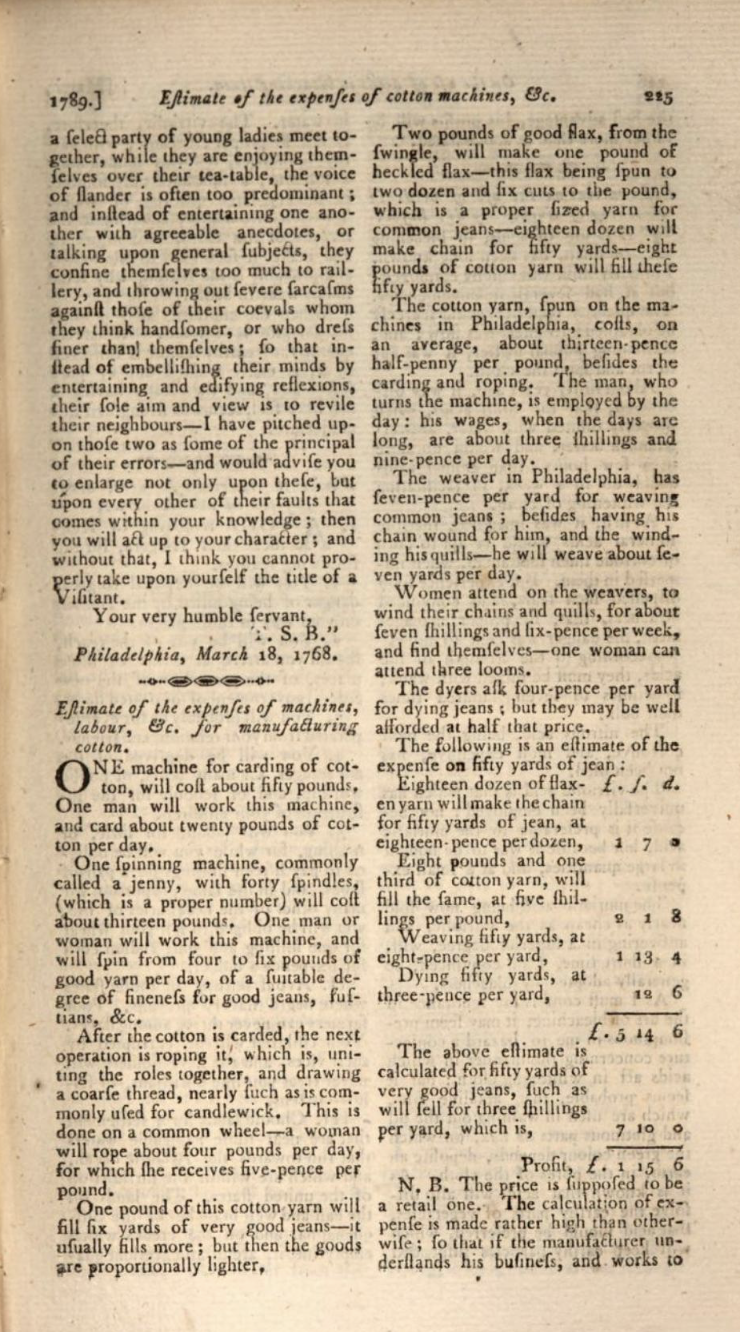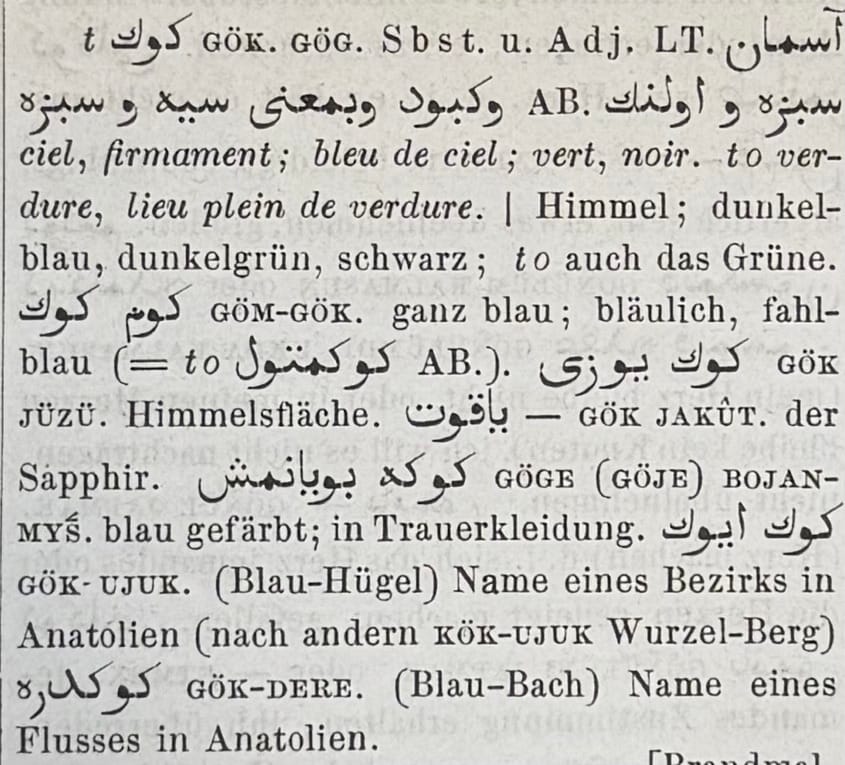Blue Jeans and Gin.
A serious proposal to change the name of turkey fowl to "genny".

Last year, I discovered two different universally misunderstood etymologies:
- The turkey (fowl) is named such because the color of the plumage is similar to the color of the turquoise stone, with neither the bird nor the stone having any association with the country who now prefers to spell their name Türkiye.
- Black Friday received its somber moniker due to the assassination of American president John F. Kennedy on Friday, November 22, 1963. In subsequent years, the day would be observed the Friday of the week in which November 22 would fall out. That same Friday would often be the day after Thanksgiving. The annual Saturday after Thanksgiving Army-Navy American football match took place in Philadelphia, which increased traffic and tourism. That soon became an opportunity for commercial opportunities.
This year, I propose changing the name from "turkey" to "genny", which is closer to the original name of the fowl, and connects them to the invention of blue jeans (as well as some less good parts of American history and culture).
Genny Fowl
While reviewing my research from last year, I found myself questioning the veracity of another (related) misunderstood concerning blue fowl. In many dictionaries, it was apparent that an earlier name for turkey (fowl) in England was genny, a corruption of the word Guinea, with their full names being "guinea cocks" or "guinea hens". And similar to people creating a narrative that turkey cock (blue fowl) was imported from Türkiye, or turkey corn (blue maize) was from Türkiye, you'd be surprised to learn that there is an narrative that these were imported from Genoa (or are somehow connected to Africa). [1]
The French name of juniper is geneve, and genne was used in Middle English to refer to the plant. Also, if you have ever seen juniper, it is a beautiful dark sky blue color. So just like poppycock, which people would liken the color of a red fowl with a red flower, people would similarly initially connect the blue fowl with the color of the blue plant.
I have several theories about what happened next:
- While the genny was used earlier, when they became familiarized with the turquoise stone, the genny and the turky were used to refer to two different colored fowl, with the genny referring to fowl with a darker blue plumage, and turky would be the fowl with a lighter blue plumage.
With time, the guinea fowl name stuck, but it became associated with the general location of origin, because by then, the Genoese were no longer dominating the international trade with England. - There also may have developed a (negative) cognitive association between Geneva, the 16th century city-state which was central to the Protestant Reformation due to aptly-named French pastor Jean Calvin's own summer of curiosity in 1536. Especially after the Puritans, some of who were ultimately responsible for their own version of regicide during the Civil War (17th century UK version), looked toward Geneva as the perfect model for their vision of society. Others took to the New World and enacted their own blue, ie. bloody, laws.[2]
- Both Genoa and Geneva, as well as the name of juniper, were each associated at some point in history with the Roman sky god named Jupiter, Janus, Jove, among other names. Similar to the Black Sheep Puritans, he was known as being two-faced. As he was a god of light and the sky, connecting his name (either proactively or retroactively) with the dark blue sky berry-like cones of the juniper feels appropriate. [3]
It also turns out that there is a lot of color-related myth behind most of the Latin names offered for both the turkey-cock and the ginny-cock. I'm rather comfortable reaffirming my position that the word "turkey" was not initially used with any connection to the country Türkiye.
As American as Blue Jeans
There is an apocryphal account listed on Wikipedia as to how the "jeans" made famous by immigrant Levi Strauss got their name from fabric made in Genoa.
The term jeans appears first in 1795, when a Swiss banker by the name Jean-Gabriel Eynard and his brother Jacques went to Genoa and both were soon heading a flourishing commercial concern. In 1800 Massena's troops entered the town and Jean-Gabriel was entrusted with their supply. In particular he furnished them with uniforms cut from blue cloth called "bleu de Genes" whence later derives the famous garment known worldwide as "blue jeans".
There are several problems with this.
There was a book published in 1719, about a trip to Persia in 1637, which has an explicit reference to a satin "bleu de Genes" fabric.
Nous reconnûmes les services qu'il nous avoit rendus, d'un présent de quatre paires de martres zibelines, de cinq aunes de drap gris brun, de quatre aunes de satin vert, d'autant de satin bleu de Genes, & de quatre bouteilles d'eau de vie.
- It seems weird to travel all the way to Persia to buy some European material.
- I've found a similar material (even spelled "jean", but without "blue") in the English monarch King Henry VIII's very expansive inventory a century earlier. There is a difference between a luxurious silk fabric and the inexpensive cotton fabric which was originally used to make blue jeans.
- It was dyed using indigo, which the Genoese didn't have any direct source of. While the Genoese seem to have had a somewhat short-lived silk manufacturing push in the second half of the 17th century to help raise more taxes, they were internationally known and renown for being merchants.
They had nothing to do with India, which initially featured the Portuguese, the Dutch, and then the English. [4]
But it gets even more interesting when you read the exact same paragraph as it was printed in the 1659 printing of the same book.
Nous reconneusmes les seruices qu'il nous auoit rendus, d'vn present de quatre paires de martres zobelines, de cinq aunes de drap gris brun, de quatre aunes de satin verd, d'autant de satin bleu de Gennes, & de quatre bouteilles d'eau de vie.
Suddenly, the spelling is more similar to the way the British would spelled the word "genny" fowl, than any direct association with Genoa. Ironically, it would seem that this story actually supports my crazy theory that people referred to blue things as "genny" because of the color of juniper.
American Ingenuity
Take the juniper plant. During the dark days of Prohibition (US), people would purportedly make gin in bathtubs and other stills to raise their spirits. [5]
And even the word "gin" was used by Massachusetts-born inventor Eli Whitney when he tried to invent something (the cotton gin) to decrease the need for slaves, but instead increased slavery to grow and pick cotton, the ultimate fabric which would be used to make blue jeans.
Whitney also invented to interchangeable parts for the musket and sold them to the newly-formed United States Army. The case could be made that he was inadvertently [6] responsible for the Civil War (19th century US version), which resulted in another Black Friday, the day President Lincoln was assassinated.
The word "gin" was from a much earlier word "engin", which would become engineer, and meant any sort of device. Another late 18th century mechanical gin was "the spinning jenny", which led to the "mule jenny" and others, machines invented to create cheap cotton fabric, the very invention required to create low-cost jeans. I'm going to assume that the inventor of "the spinning jenny" was referencing Eli Whitney's gin.
In short, there is no big surprise, fabric created by the jenny would be called... jeans. But here's a reference to the machine similar to that one I just mentioned, referring to "jeans", more than a half-decade before the supposed trip to Genoa.

More Blues
- I like this theory about name of using the sky god to name the juniper, similar to the turquoise stone which was likely named after the ancient Assyrian word "tarkia" having something to the color of the sky as demonstrated by a related word in Genesis 1:6, and the lapis lazuli, which simply translates to the "the sky stone". [7]
- I'm now able to explain the most of the early "turky" references in the OED, without needing to resort to suggesting they were referring to the Turkish people. There are, at least, two corruptions of words in other European languages which led to the misspellings.
- I was casually skimming through The Cambridge History of the Byzantine Empire (c. 500-1492) and I came across the following paragraph in the beginning of chapter 19 by D. A. Korobeinikov, about the first appearance of the "Turks":
As so often in Byzantine history, a population movement which came to threaten the empire had its origins far beyond its borders. In the mid-sixth century the great Eurasian steppes were occupied by a new people, who spoke Turkic and called themselves Turks, or more precisely Kök Turks ("Blue or Celestial Turks").
I didn't really want to take his word for it, so I looked in Zenker's 1876 Türkisch-Arabisch-Persisches Handwörterbuch with confirmed it. And the word "firmament" is the same word used to translate rakia in Genesis 1:6.

[1] And to remind the reader, that the fowl is also not from India, even the name in French is coq d'inde, or just dinde, because inde was a name for color bleu.
[2] This isn't as crazy an idea as it seems. In the mid-17th century, there was an increase in using the word "ciel" (for sky) instead of "perse" for the sky in French, and a temporary decrease in using the word "mer" (for sea) because it was too close to the Sainte Mère or Marie.
[3] Please don't confuse him with the goddess Juno (who gave us the name of month June), who was associated with the similarly colored peacock. The genny hen is actually often misidentified in medieval texts with the gallina pavo, or the peacock, which can give you an additional understanding how color-centric the name was.
[4] Even the Genoese-born individual who sought a trade route to the Indian subcontinent but got lost and decided to enslave people in the New World instead wasn't working with the Genoese trading framework, instead he was doing that on behalf of the Spanish monarchy.
[5] And of course, when the spirit was initially distilled by the Dutch, it was called "geneva", and led to the London Gin Craze following the accession of King William of Orange, the monarch who made Sir Isaac Newton obscenely wealthy, and turning the city into the den of vice and debauchery it's best known for.
He was also a purportedly a board member of the British East India Company which made its money off the indigo trade, and it is due to these two things which is why I contend that Newton included (either consciously or subconsciously) "orange" and "indigo" in his spectrum.
[6] For the record, I'm actually a fan of the Patron Saint of Curiosity, Eli Whitney, and I believe that he was trying to do good.
[7] This demonstrates how they would use color words in the pre-modern era to call things by similarly hued things. This era ended with the creation of the color wheel.
